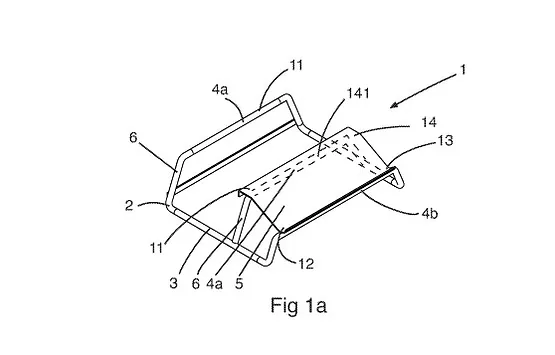The urge to start making a product or solution can be hard to resist, but ideally the first step should always be to make sure the product isn’t already made and patented. For that reason we’ll share the “Prior Art Search For Dummies” we use ourselves, when we want to check if we have freedom to operate.
We all get those light-bulp moments, where an idea strikes and a new solution all of a sudden seems obvious, and when you stand there in the middle of doing laundry it’s easy to get excited and just start developing that cool, new hanger.
It’s in a moment like this, you have to remember, that the idea you just got will almost always exists already. After all people have been inventing stuff for thousands of years.
So you need to stop for a moment, take a deep breath and figure out if the idea has already been made and patented – a prior art search. Even though you came up with the idea on your own, it doesn’t make sense to move on if a identical patent is taken.
There’s a bunch of professional patent search services you can use, but doing it yourself is also an option – and it’s actually easier than it might sound. Doing it yourself is obviously cheaper, but it also gives you some insights in the product you might be able to use as inspiration for your own idea. That’s why we always do it ourselves – here’s how:
Prior Art Searching For Dummies
Before you start, you have to remember, that the purpose of the search is to look for for evidence you may not like. Don’t just scratch the surface or look the other way, if you find something painful.
With that in mind, the prior arts search essentially consists of those two parts: Product search and patent search.
Product search:
The first thing to figure out is, if there’s already a product similar to the idea you have. The way we do it is simply googling words or terms that describe the idea we have.
Make a list of words and terms and make sure to keep track on your search history. Once you start googling you will quickly find other terms and words you want to search for, and a list is a simple way to make sure you remember them all.
Every time we find something interesting we make a note: product name, company name and remarks for the product.
Patent search:
Now you know the products that is similar to your idea. But products exist without patents, and patents might never have been turned into a product. So the next step is to find the patents that are similar to your idea.
We start out using Google Patents, as their search engine is easy and efficient. We note words and terms that lead us to patents similar to what we want to patent. Don’t search too narrowly, and be sure to note the words your have searched for as well as the patent number.
Afterwards we bring the words and terms to Espacenet – another patent database. We use the words and terms to find a relevant patents here as well by following the same procedure as Google Patents.
Every time we find a relevant patent, we note the classification number.
E.g.: Seaching for “Lifting Plasterboards” we found: DE 3402201 (A1) – Apparatus for mounting gypsum plasterboards on walls or ceilings.
Classification: international: E04F21/18
From here we go to the “Classification Search” in the left menu, which will help us backtrack the classification:
Using our example international: E04F21/18
– E = category “Fixed Construction”
– E04 = subcategory “Building”
– E04F = subcategory “Finishing work on buildings”
– E04F21 = subcategory “Implements for finishing work on buildings”
– E04F21/18 = subcategory “For setting wall or ceiling slabs or plates”
By backtracking like this, we now know that our idea will most likely fit into the category E04F21/18. By looking is this category we’ll find all patents similar to our idea. If there’s too many patents in the category, it can be combined with search terms to make the results more relevant.

Do you have freedom to operate?
Prior arts searching is all about figuring out, if you have freedom to operate. By using our methods you’ll have a solid understanding of the patents that have already been made in the space you’re about to enter. If your idea isn’t already made, you can start developing.
A lot of our ideas has been killed during the initial prior arts search. Even though it might be painfull, it’s just stupid to spend time and money inventing something that’s already invented.
There’s of course always the risk that you’ve missed something, but regardless if you use professionals or do it yourself, you can never be completely sure, that you have freedom to operate. The experts use the same procedure, and by doing it yourself you at least get the additional insights in the patents that already exist.
QUICKGUIDE: Prior Arts Search
Product search
1) Google words and terms which describe your idea or product.
2) Keep track on your search history.
3) Make a note on every product you find.
Patent Search
1) Do a broad search on Google Patens, and note relevant words, terms and patents
2) Do a search on Espacenet using the relevant words and terms. Note patent that are similar to your idea.
3) Note the classification number on relevant patents – e.g. E04F21/18
4) Use “Classification search” in the left menu to backtrack the category of the classification number.
5) Find all relevant patent in that subcategory the classification number represents. Combine subcategory with search words if necessary.
6) Remember to repeat the process with other patents if necessary.
